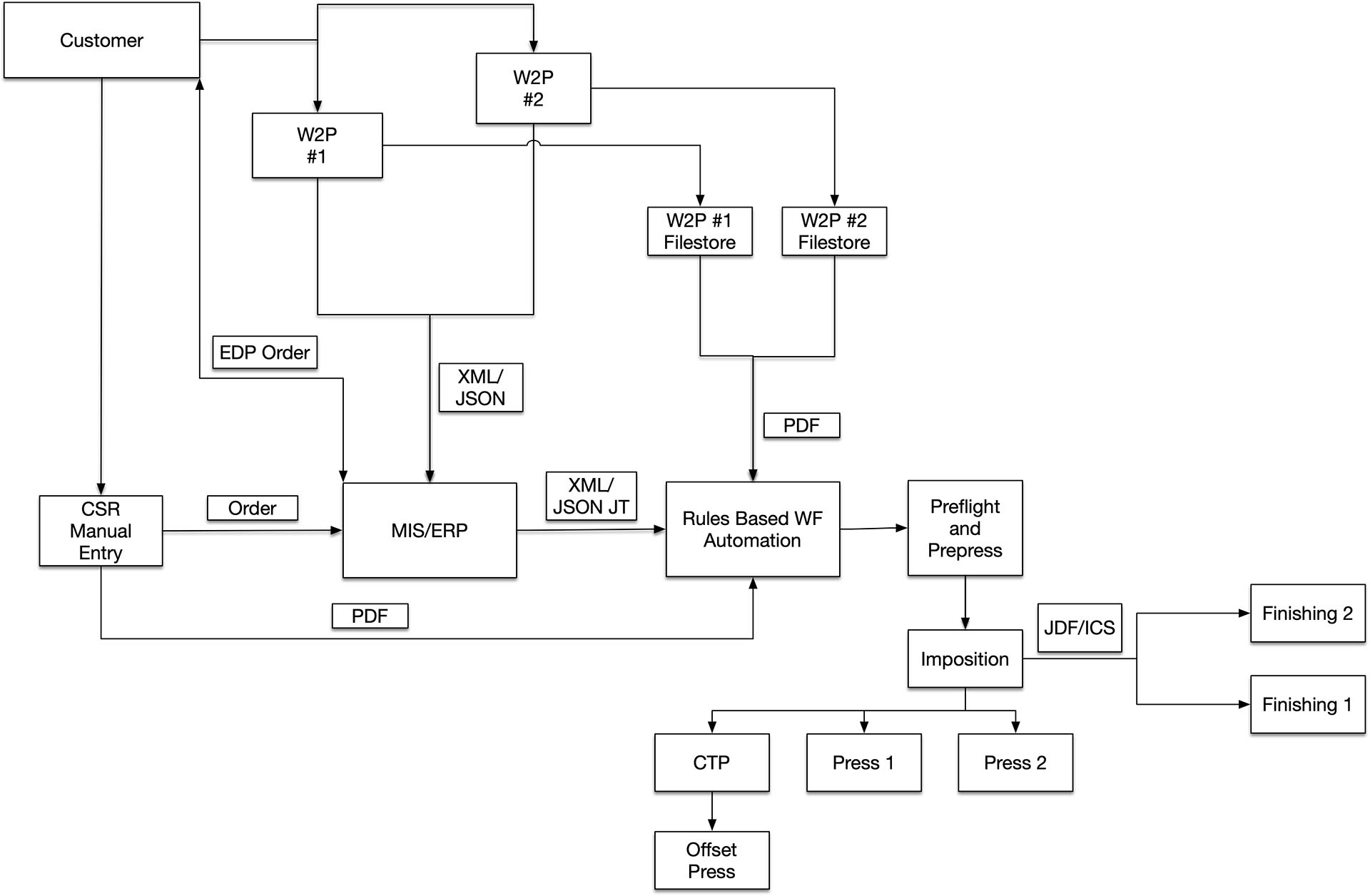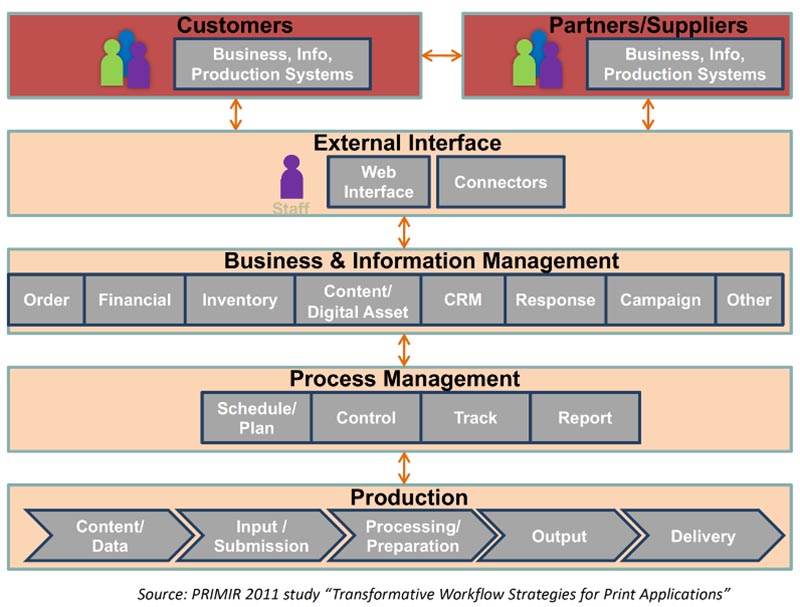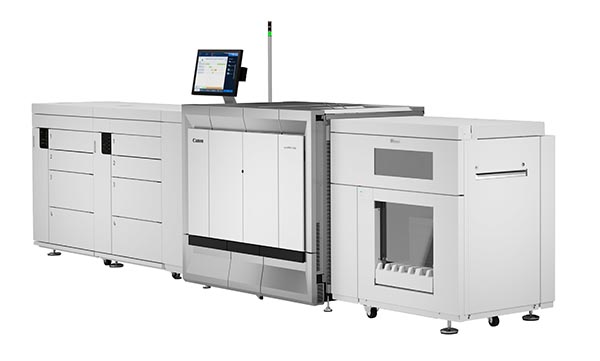First we need to start with a disclaimer, since most of what we have seen so far is fairly drupaesque; somewhat clouded between reality, and playing on the high hopes of the interested press and industry.
Disclaimer; Honestly, it is only been 1½ days in what portends to be a long and somewhat exciting event, so trying to bring you the level of detail that was in the series at this point is a bit premature. However, I do plan to bring you in-depth information on many of the real and imagined products discussed at the show in the future. As a result, much of the information contained herein is solely the opinion of the author and may have only a limited basis in reality. So please don’t blame this publication, or the mentioned manufacturers for my impressions. And as I write this, I am looking over my shoulder in an anticipation of a vendor attack! Additionally this didn’t go through my normal editing process, so if it seems rambling, welcome to my life…
What we expected and what we saw v1
The long awaited Landa Nanographic printing process press event was, depending on your point of view either upstaged or reinforced by the 3 announcements of partner arrangements with Komori, manroland sheetfed, and Heidelberg. But more on that later.
The Landa Nanoprint introduction was impressive in its presentation and its promise of some interesting things to come. While it is an inkjet technology, it also looks a bit like Indigo v2. But in a good way. As I have discussed in this series, in order for production inkjet to be of value to mainstream commercial print, it needs to meet the offset bar of expectation and be a cut sheet device. Well we definitely saw cut sheet and web fed presses at the Landa introduction. Of the 6 presses shown, 3 of them were sheetfed. They showed 20; 29; and 41 inch widths; or in ISO parlance, a B2; B3; and B1 respectively.
The sheetfed devices use a Komori transport, and they do have significant know how in paper handling, so it is a good foundation. They are expected to be “the fastest” sheetfed inkjet presses available, and print at speeds up to 11,000 or 12,000 sheets per hour on the B3 and B2 respectively and at 6,500 sheets per hour on the B1. Additionally they showed 3 web presses, which I will cover at a later date.
I mentioned that the Landa technology is a bit like Indigo 2.0. Unlike the other inkjet solutions that directly jet the ink onto the substrate, Landa Nanographic Printing jets the water based ink onto a blanket and then uses the blanket to offset the image the droplets on paper. The benefits are multiple. First of all it allows them to run a much wider selection of papers and paper weights. Second, they actually use heat on the blanket to evaporate the water, which means that the dots on the paper sit much closer to the surface and don’t wick into the paper fibers. This creates a sharper dot, with more saturated color, in addition to other benefits. The printed samples are fairly impressive for a machine that won’t ship for at least a year. However, it is evident that they do have some additional development work to do.
In addition to Landa selecting Komori for the transports on the sheetfed devices, they are also using 3rd party inkjet heads for the presses. When asked about head life, at this point, there seems to some question about which heads will make it to the final shipping press, so we will have to wait to see what transpires for an answer to head life.
The new Konica Minolta KM-1 B2 UV inkjet press also uses a Komori transport, which is expected to print at 3000 sheets/hr. It will be interesting to see how many other sheetfed entrants will partner with Komori. The UV press and the proven sheet handling transport will allow them to run a wide variety of stocks and paper weights as well. The Konica Minolta KM-1 uses their own internally developed heads to image at 1200 x 1200 dpi.
manroland web solutions has chosen to partner with Océ to develop their digital solution, and it is rumored to a liquid toner based print technology that will be announced in the next couple of weeks. I guess they didn’t want the announcement to compete with all of the other drupe announcements.
Xerox announced their newest member of their waterless inkjet portfolio, the CiPress 325, which is a 325 fpm entry level solution that can be upgraded to a CiPress 500 when the customer feels they can meet the volume requirements.
MGI announced their Alphajet B2 UV sheetfed inkjet press. This is a 6 color press that uses some of the technology found in their JETvarnish and JETcard presses, and images at 1200 x 1200 dpi. It supports substrates up to 500gsm.
Now what about the old line offset press vendors, what are they doing about production inkjet? Well Komori, manroland sheetfed, and Heidelberg all seem to be “partnering with Landa” to see how they can use this technology in their product line. It is good to hear they are looking at ways to expand their offerings to meet the changing demands of the market, but I think they will all be continuing to take a very conservative approach in their entry into production inkjet or hybrid printing as they are all saying. We will have to keep an eye on them to fully understand how it will all shake out in the end.
In conclusion
As we have already seen in the existing inkjet space, there is a lot of partnering going on. Whether it is in inkjet heads, inkjet systems, or transports, it appears that many of the press vendors understand the benefits of selecting best of breed components and integrating them into world class solutions. This does bode well for the vendors and the industry as a whole.
More to come……









